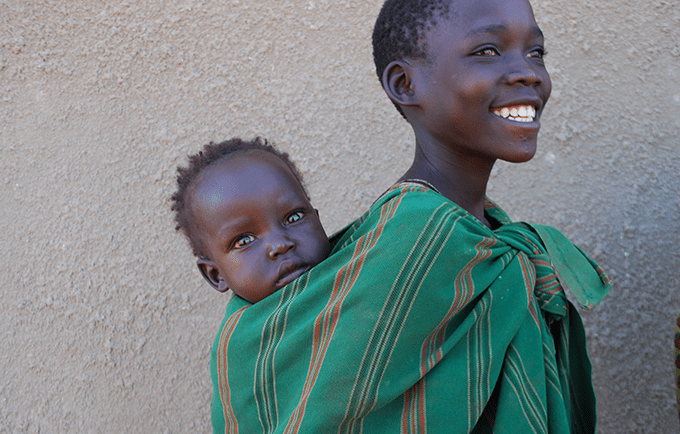Nairobi, KENYA – It is possible to end preventable maternal deaths, cover all unmet needs for family planning and put a stop to gender-based violence, all within a decade. But it will cost the world a total of $264 billion, according to a joint study by UNFPA and Johns Hopkins University, in collaboration with Victoria University, the University of Washington and Avenir Health.
A breakdown of this assessment was presented on 12 November at the Nairobi Summit on ICPD25, revising preliminary data released in July. The price tag represents the amount required to achieve these ambitious goals by 2030, the deadline for the Sustainable Development Goals.
“We now know the costs. These figures are a drop in the ocean compared to the dividend expected and the funds available. What we need next is the political will and financing to get the job done,” said UNFPA Executive Director Dr. Natalia Kanem.
The $264 billion price tag is less than the amount of money charged in misconduct fines to the world’s top 20 banks.

ICPD25. © Nairobi Summit
Out of this total, the current resource gap – meaning investments needed, whether in the form of foreign investment, domestic spending or private spending – is $222 billion over the coming 10 years.
But if no action is taken, the costs will be incalculably greater, not only in financial terms but also in the cumulative lives that will be lost and the generations whose potential will go unfulfilled.
The analysis also shines a light on the specific areas where resources are needed. Money spent on education, for instance, can advance all three goals. “Greater investment in health and secondary education for females could go a long way towards the critical goals of ending preventable maternal deaths, unmet need for family planning, and gender-based violence,” said Christopher Murray, Director of the Institute for Health Metrics and Evaluation at the University of Washington.
The world must now come together, researchers said. “These key benchmarks provide a common ground to understand where progress needs to be made and allows us to track how the world is advancing toward these ambitious goals,” said Victoria Chou, from the Johns Hopkins Bloomberg School of Public Health.
Small price to pay for zero maternal deaths
To end preventable deaths during childbirth and pregnancy in 120 priority countries – which account for 99 per cent of all maternal mortality – the world will have to spend $115.5 billion over the next 10 years, researchers announced.
This is roughly equivalent to the cost of 46 of the world’s most expensive military planes. If this were instead spent on maternal health interventions, such as helping women give birth in health facilities, with trained assistance, then hundreds of thousands of lives could be spared every year.

Health, says the new numbers help create a common goal for the
world to unite behind. © Nairobi Summit
Families by choice, not chance
The researchers also calculated the cost to end unmet need for family planning in 120 priority countries: $68.5 billion.
This investment would yield significant benefits, as women are empowered to complete their education, secure work and improve outcomes for their children.
Ending violence and harmful practices
Ending gender-based violence will require investing $42 billion in 132 priority countries over the next decade. That money would go to a range of interventions, including those that provide treatment and assistance to survivors, as well as efforts to promote gender equality.
Eliminating female genital mutilation would cost only $2.4 billion in 31 priority countries – or just $95 to prevent a girl from having her genitals cut without medical justification.
The price tag for putting an end to child marriage is $35 billion – about $600 to spare each child bride.


